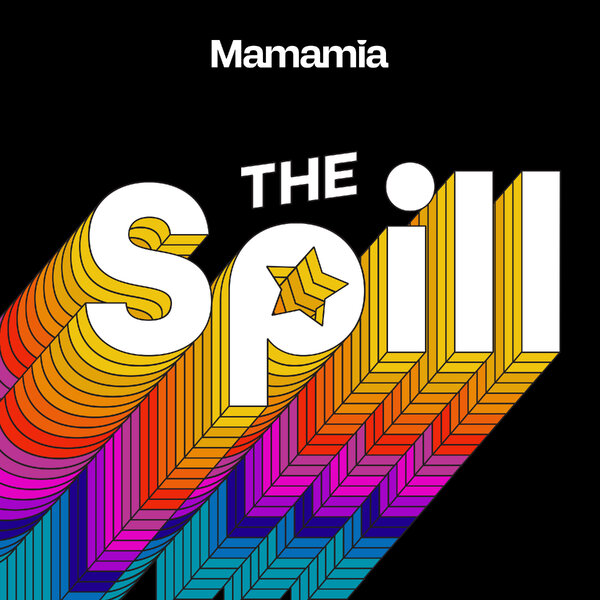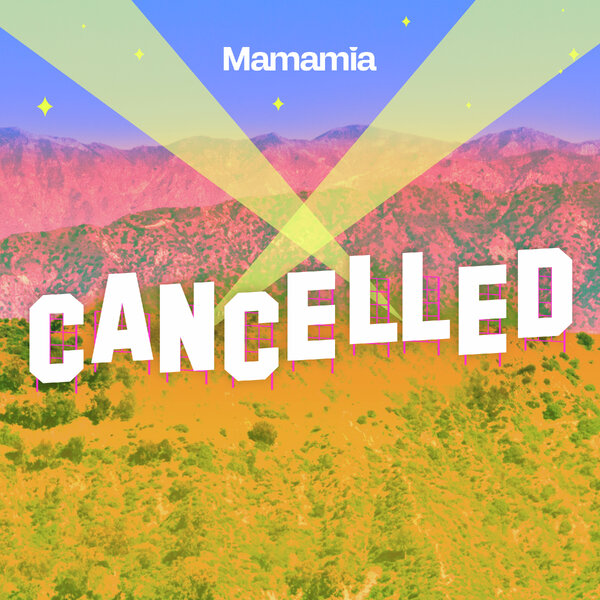Parenting newsflash: teenagers aren't on Facebook anymore.
That's right - Facebook, the social media giant with over one billion active users worldwide, is apparently not that cool with the young people these days. (Damn - thought you were all over that one, didn't you?)
Just ask 13-year-old Ruby Karp, who penned an opinion piece for Mashable earlier this month called 'I'm 13 and none of my friends use Facebook'.
The New York teen explains Facebook is losing her generation's interest for various reasons - their parents and grandparents are using it, the site changes too much, and it's simply not 'trending' anymore. "Facebook has been trying too hard. Teens hate it when people try too hard; it pushes them away," Ruby writes.
A 2013 Pew Internet survey also indicates teens are being turned off by the over-sharing and "drama" Facebook attracts.
But before you fist-pump with relief, there's one point left to consider. A major reason Facebook is losing cachet with kids because it's being crowded out by newer, more exciting websites and smartphone apps. Although it's still holding on to the title of most popular social network for teens, Facebook has some serious competition from the likes of Instagram and Snapchat.
Confused? Downright terrified? Here's a rundown of some of the most popular social media sites among teenagers - and what you need to know about them.






























































































